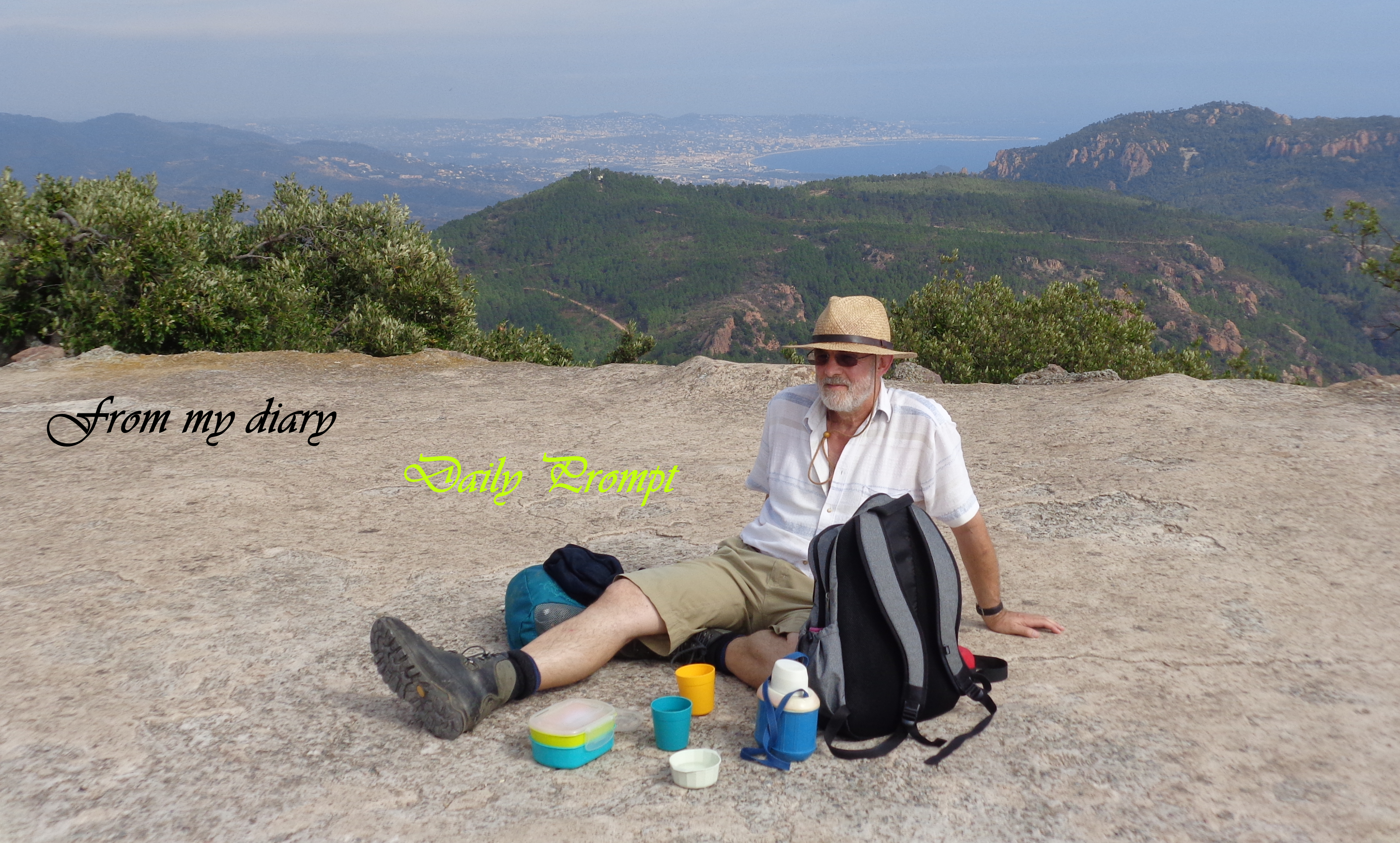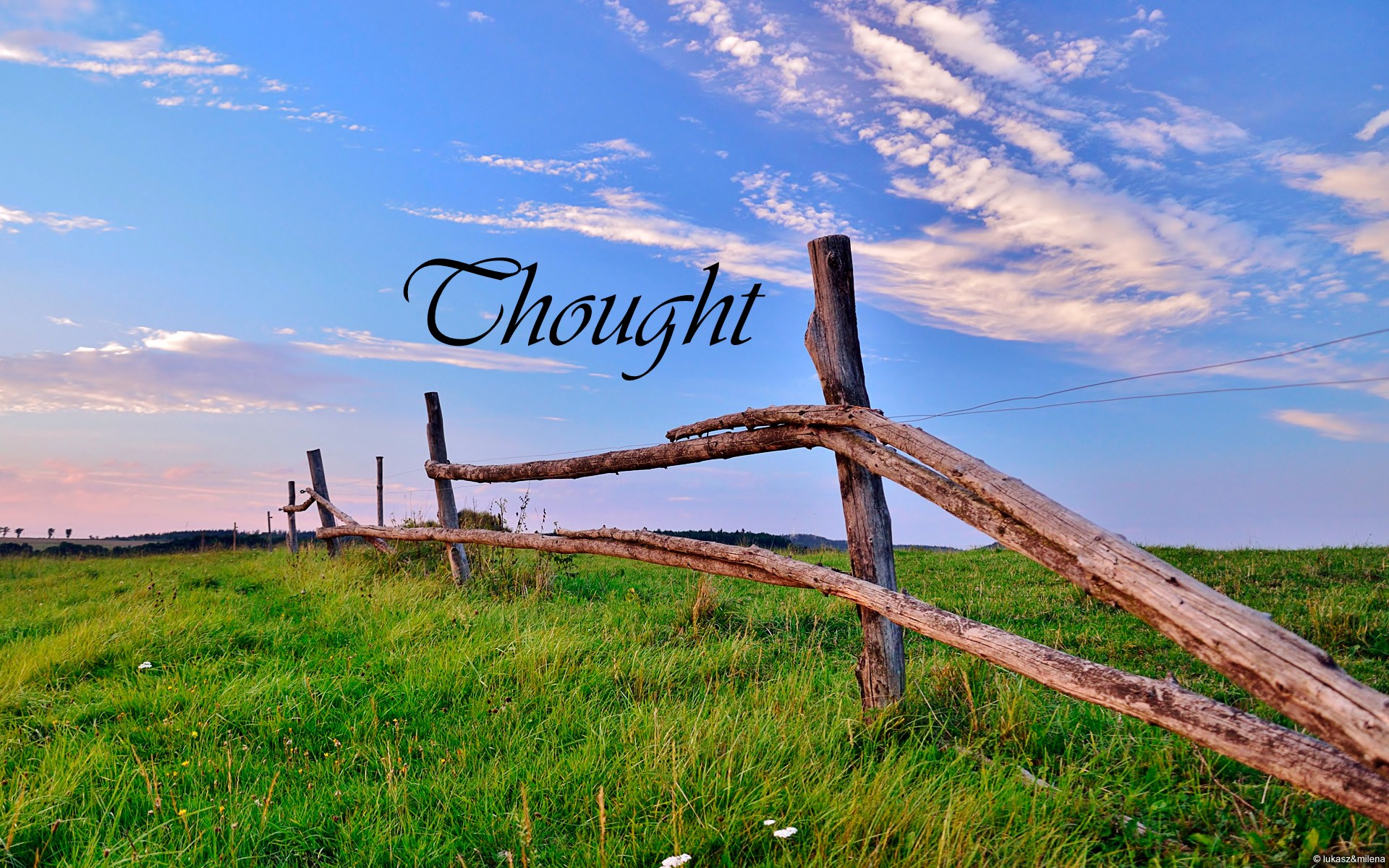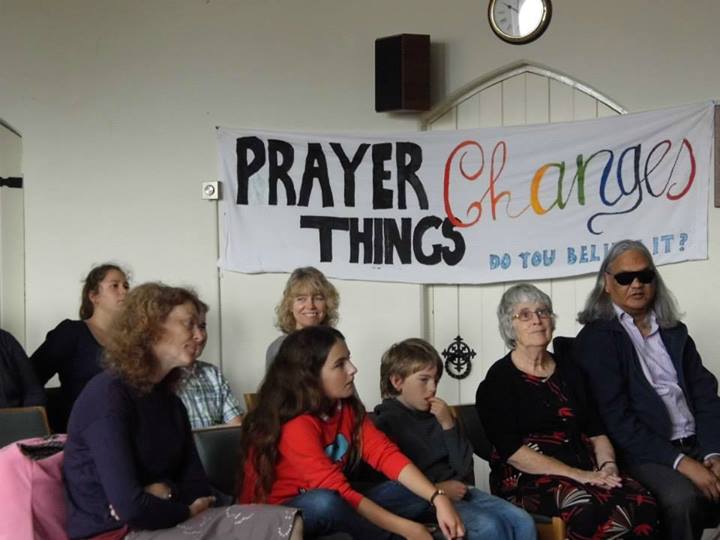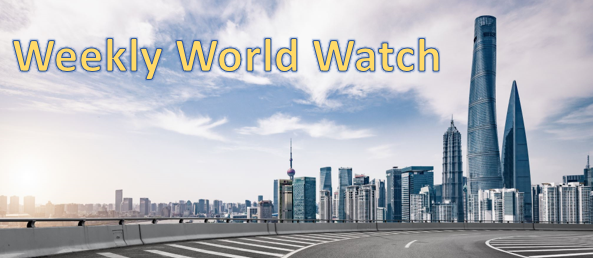With the terrorist attacks in Paris last weekend, the European Union was shocked again and the social media went as a roller-coaster shouting love and hate messages.
In most messages which tried to bring fear and hate against non-Caucasians and people of an other faith than Christendom we noticed that that’s a gross of given numbers was overestimated a lot. Many overestimate the amount of illegal citizens as well as the amount of refugees.
What does “fair” migration look like? Does protecting citizens’ rights depend upon limiting migrants’ freedoms? Or is migration actually one of the best weapons we have in the fight against poverty, injustice and social immobility – on both sides of our border?
Lets look at real ciphers:
Ten years ago, developing countries hosted 70% of the world’s refugees. In 2014 it could reach 86% of the amount of which those who reached Europe were just a very tiny percentage 4 à 5 % of the total population of Europe.
The 49 least-developed countries – places like Chad, Malawi, and Yemen – provide asylum to 2.4 million exiles. By whatever measure you choose, the idea that the West is under siege from would-be refugees flies in the face of statistical evidence. In Pakistan, there are 552 refugees for every dollar per capita GDP; that number is 303 in Ethiopia, and 301 in Kenya. For the US, UK and Australia, the equivalent numbers are 5.4, 4.7 and 0.9.
In certain developed states we can see that people move around quite a lot to find work opportunities. This might not be so much in Belgium and Holland, but for France and other countries the locals often have to emigrate to an other place to be able to survive. Spanish, Greek and Portuguese we may find looking for work in Germany.
Most of us, if we move at all, do so within the borders of our own country – from Manchester to London, or from New York to California. In fact, we are at least six times more likely to migrate across a country (from one region to another) than we are to move across a border. There are at least 740 million domestic migrants. Few today would suggest we should restrict these migrations – in fact, the Universal Declaration of Human Rights explicitly prohibits such restrictions. But however obvious this may seem to us, your right to move within the borders of your own is relatively recent. The US Supreme Court, for instance, only definitely confirmed US citizens’ ‘fundamental’ right to ‘move at will from place to place’ across state lines in 1920.

Stamp of Moldova: 50th anniversary of the Universal Declaration of Human Rights (Photo credit: Wikipedia)
In 2013, according to the World Bank, there were 232 million people living outside the country of their birth. This is a significant number: but it isn’t overwhelming. It means that just 3% of the world’s 7 billion inhabitants are international migrants. The real puzzle about the age of global mobility is arguably not why so many people are moving across borders, but why so many are not.
Lots of people are afraid to loose their jobs when refugees come to live and work in their country. they must see that when more people are coming to live here, there shall be a need of more housing facilities, more products to be made for the growing amount of consumers, and those coming to work here shall also contribute to the social security providing enough money to pay for the older generation which shall be able to do more in their retirement.
Until 2008, Swedish labour migration was among the most restrictive system in the developed world: trade unions ‘had, and used, an informal veto on recruitment’. Today, its labour migration system is one of the most liberal. Employers – having first advertised the job to the local EU market for 10 days – can effectively recruit any worker, for any job, from anywhere. The result? Swedish workers working for firms recruiting labour migrants earn on average 10.5% more than those working in firms that don’t. The recent rise of the far-right Swedish Democrats risks pulling apart this liberal – and successful – model for labour migration
When it comes to inequality, birthplace is destiny. In 2012, researchers at the World Bank determined that no less than 50% of our lifetime income is determined solely by the country we live in — which, for 97% of us, is also the country we were born in. It’s a citizenship lottery – and those of us lucky enough to be born in wealthy states are automatic winners.
This means international migration is one of the only ways in which individuals can redress the arbitrary inequalities of citizenship assigned at birth. And it works – a migrant who moves from a low-income to a high-income country can expect, on average, a 15-fold increase in income — and a 16-fold decrease in child mortality rates.
Emigration is not a one-way flow: Western citizens leave their home countries too.
In 2014, at least 5.6 million British citizens lived permanently abroad. And while some of them may prefer to call themselves “expatriates”, 40% of these emigrants – an estimated 2.2 million UK citizens – are EU migrants by any other name. That balances neatly with the 2.3 million EU migrants from other states who have come to the UK.
Did those ex-pats bring problems to the countries they moved to? Did those migrating people bring more criminality in those visited countries?
The US has experienced a 45% drop in violent crime rates since 1990. During the same period, the number of unauthorised migrants climbed from 3.5 to 11 million, and the percentage of the population who were foreign born rose from 8 to 13%. Correlation, of course, is not causation. But it is a good indication that more migration does not translate into more crime. And in fact, researchers from the US have similarly concluded that ‘broad reductions in violent crime during recent years are partially attributable to increases in immigration’. In the UK, immigrant “enclaves” – defined as neighbourhoods where at least 30% of the residents are immigrants – have lower levels of crime and victimisation than similar socio-economic areas without a large immigrant presence.
We must be honest and we must be sincerely looking at the reality of the migration issue.
Perhaps it would be better if more people would consider how a migration could keep a certain balance and how the refugees of today perhaps can be the solution for the problems we shall have to face when the boomchildren are going to retire.
Remember also what ![]() shaimaa khalil BBC @Shaimaakhalil by mobilitymuse twittered today
shaimaa khalil BBC @Shaimaakhalil by mobilitymuse twittered today
Refugees are not the cause of violence,they are the people trying to flee it. Hope EU leaders remember that as they deal with#ParisAttacks
- With thanks for the text-material to “Migrants and Citizens” which poses the big questions we need to be asking about immigration and inequality.
+
Preceding:
What we don’t say about the refugee crisis?
Human tragedy need to be addressed at source
Real progress leaves nobody behind
++
Additional reading:
- Built on or Belonging to Jewish tradition #3 Of the earth or of God
- Welfare state and Poverty in Flanders #3 Right to Human dignity
- Welfare state and Poverty in Flanders #8 Work
- Economic crisis danger for the rise of political extremism
- Refugee crisis, terrorist attacks and created fear
- Europe’s refugees just follow the ancient routes for the peopling of Europe in the Neolithic
- Is ISIS a product of American in-action or a product of direct action
- Islamophobic hate crimes rise in UK following terror attacks
- Paris attacks darkning the world
- Trump brand of migrant demonization #1
- Trump brand of migrant demonization #2
- Europe and much-vaunted bastions of multiculturalism becoming No God Zones
- Wrong ideas about religious terrorism
- State and attitude of certain people to blame for radicalisation
- The world Having to face a collective failure
- Can We Pay The Price To Free Humanity?
- Bringing into safety from Iraq and Iran
+++
Further reading
- Welcoming the Refugee – Choosing to Walk Away from Fear
- Feelings on Refugees, Post-Paris Attacks
- The other side
- So many women stand waiting behind fences…
- The Migration of the Irish to Newport in the 1800’s.
- America, the Not So Promised Land – The New York Times
- Walter Noteboom’s Emigration Record from the Netherlands
- San Marino and Paris
- Beach Bound
- Poll: Third of Jewish Israelis favor urging Arab Israeli emigration
- The Feld family – part two
- Dithane and Doodlebugs
- Jews Leave Europe as Arab-Muslims arrive
- Armenia’s independence generation
- Leaving on a jet plane, don’t know when I’ll be back again!
- Moving Home, Moving On
- Looking for emigrants from the Rhineland?
- I Need to share…
- Hello from the other side…
+++

































































Pingback: Humanitarian workers’ lives remain on hold in Greece as trial is adjourned – Some View on the World